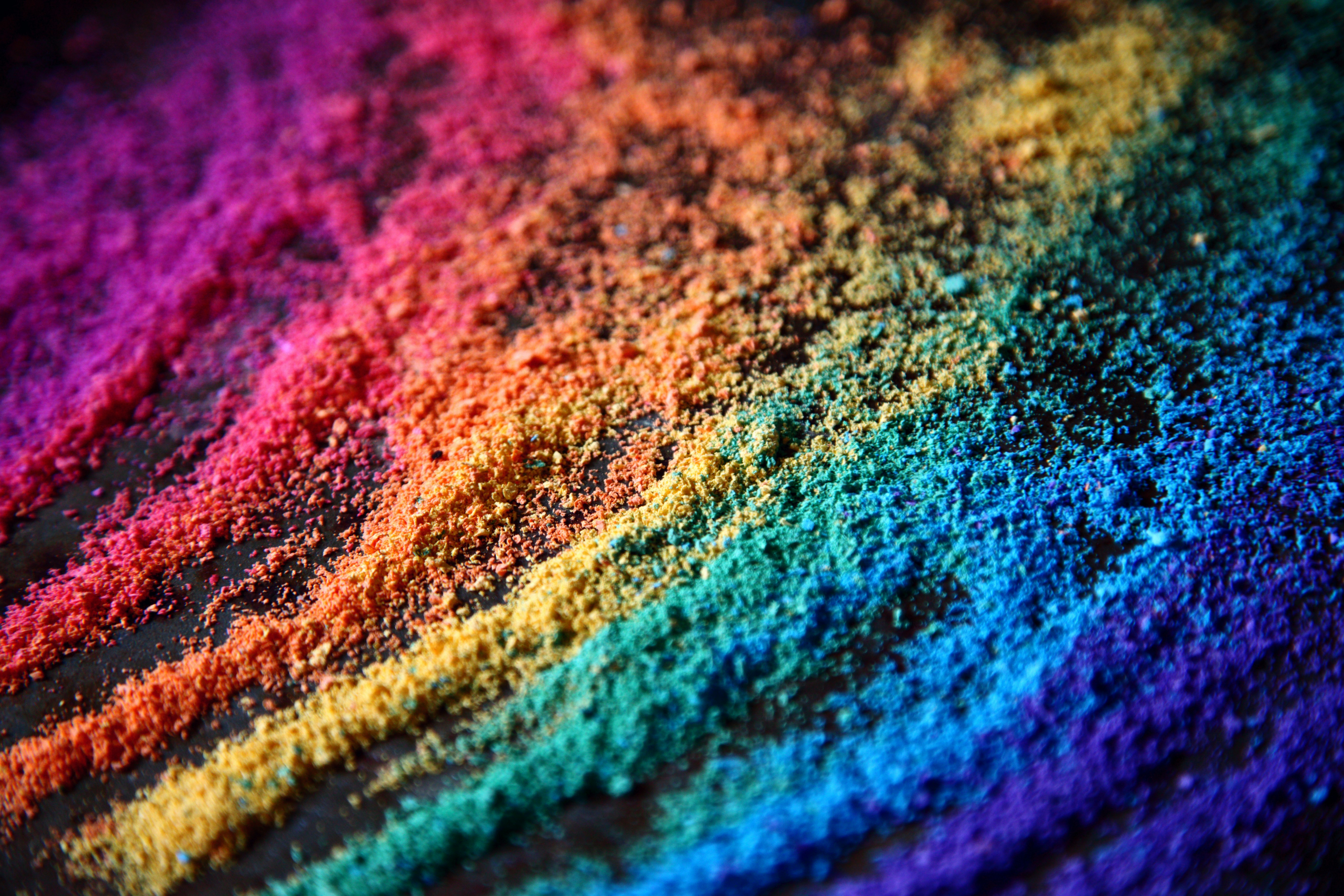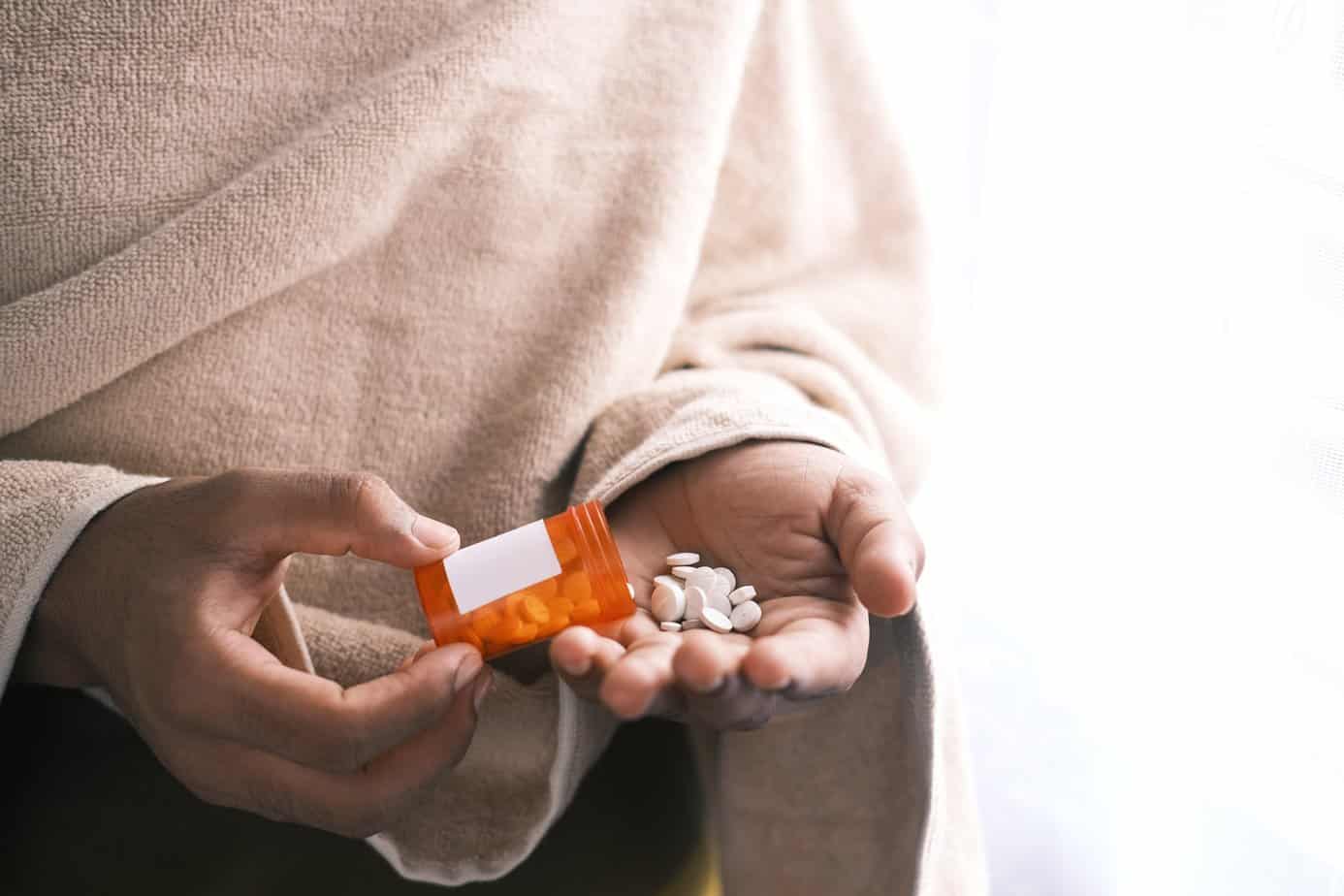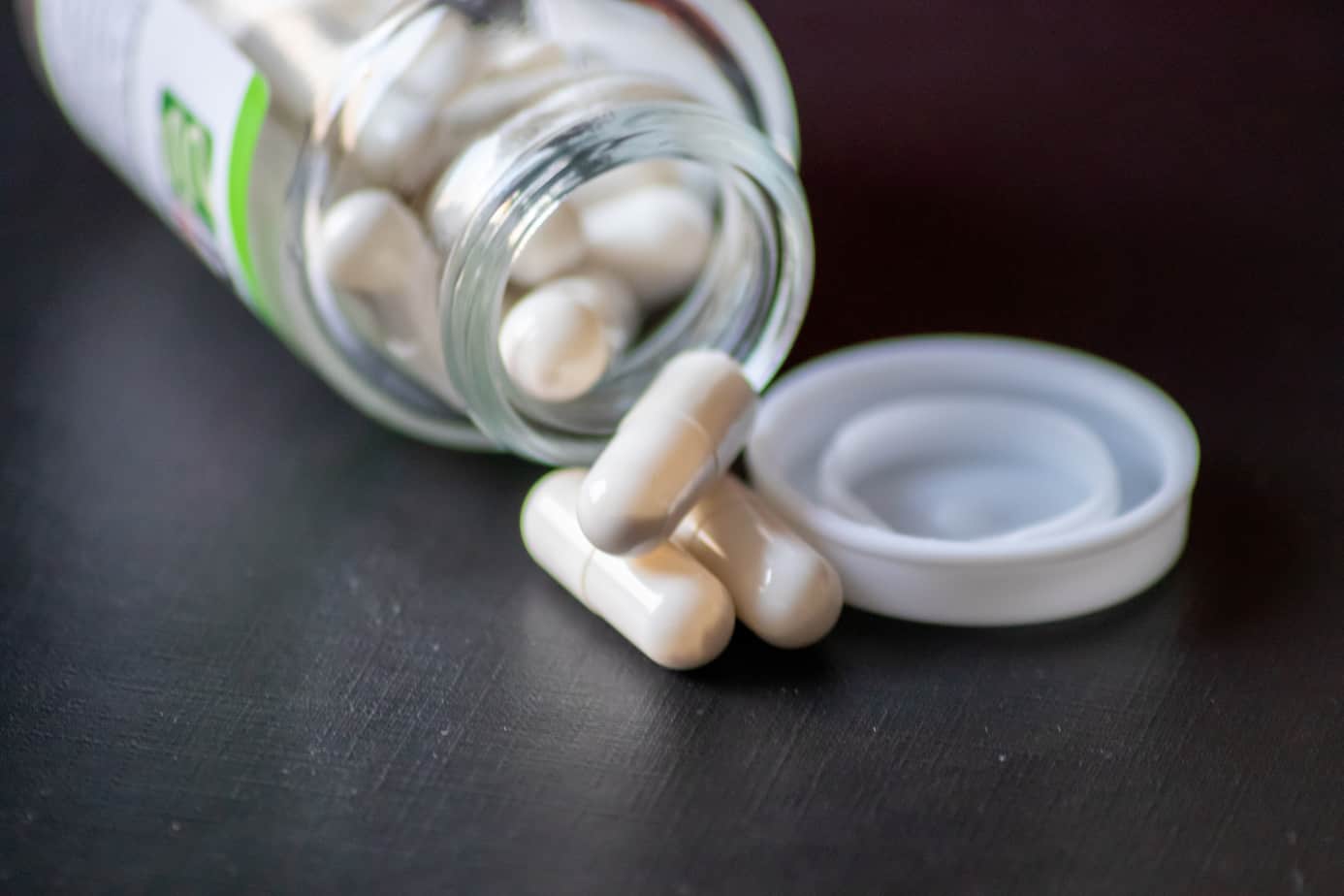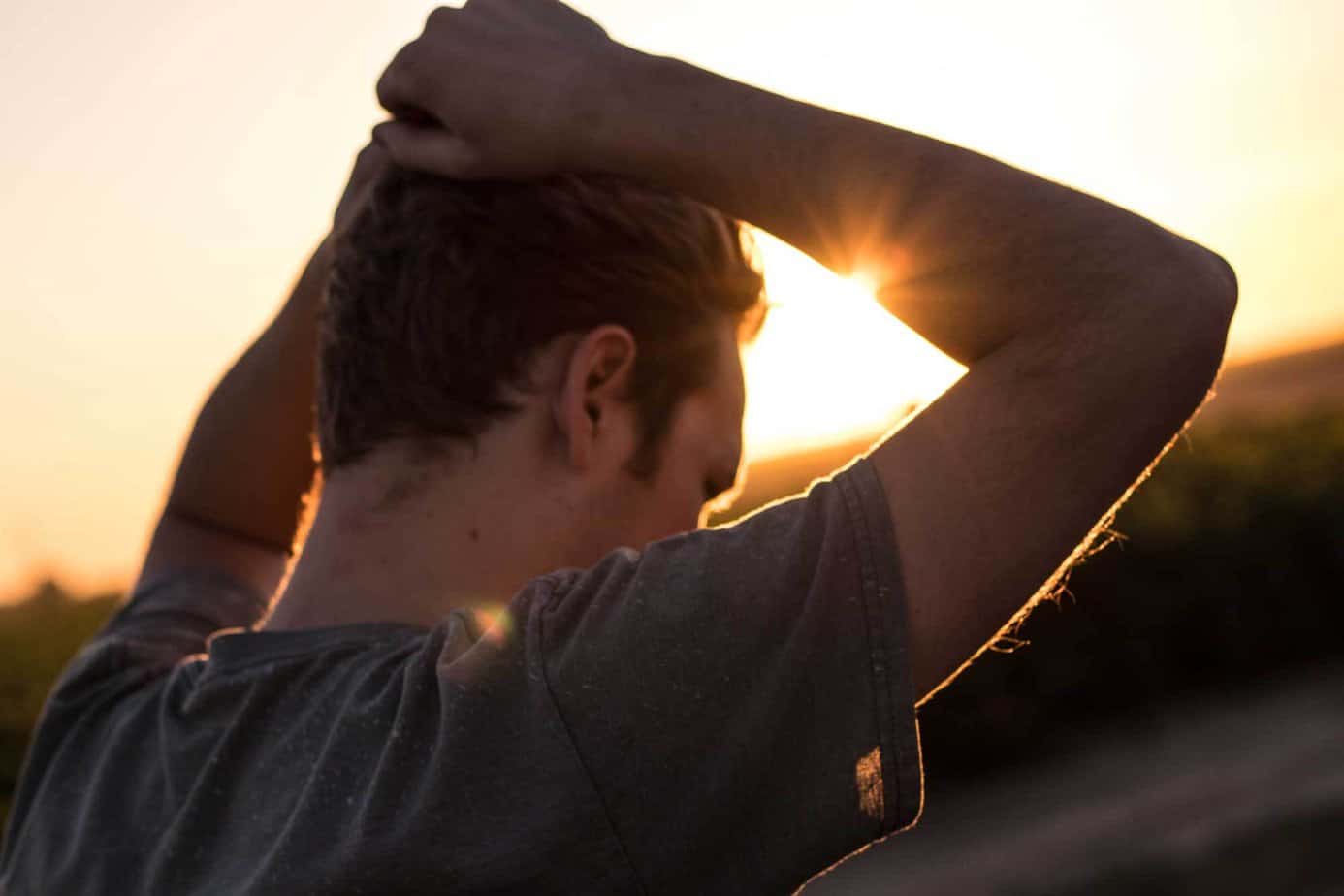The LGBTQIA+ community faces significant barriers to addiction treatment, including higher rates of substance use due to minority stress, systemic roadblocks within the healthcare system, and pervasive stigma and discrimination. These challenges are compounded by a lack of culturally competent care, issues within traditional recovery support, and financial and geographic limitations. Despite these obstacles, there is hope through emerging technology solutions and specialized, affirming treatment programs designed to address the unique needs of this community.
National Recovery Month has ended, and it’s time to reflect and acknowledge that recovery isn’t a one-size-fits-all journey. For the LGBTQIA+ community, the path to sobriety can be significantly more challenging, riddled with obstacles that often go unacknowledged. If you identify in the LGBT community and are struggling with substance use, know that you are not alone, and help is available. Read on to learn about LGBTQ+ addiction barriers you might face and how to break them down for long-term recovery.
The Stark Reality: Substance Use in the LGBTQIA+ Community
The statistics paint a concerning picture. Research consistently shows that LGBTQIA+ individuals experience substance use disorders at rates far exceeding the general population. Approximately 20 to 30 percent of LGBTQIA+ individuals struggle with substance abuse, compared to about 9 percent of the general population. That’s a significant disparity. And the problem only gets worse with specific substances. For example, gay men are 12 times more likely to use methamphetamine than their heterosexual counterparts.
Why is this happening? It’s a complex issue, but a key factor is minority stress addiction. The constant pressure of navigating a world that isn’t always accepting takes a toll on mental health, leading some to seek solace in drugs and alcohol. This is especially true for LGBTQIA+ youth, who are 90 percent more likely to use substances than their heterosexual peers.
The numbers don’t lie: there’s a crisis within the LGBTQIA+ community, and it’s time we addressed it head-on.
Understanding Minority Stress: The Root of the Problem
To truly understand why queer people don’t seek help for substance abuse, we need to delve into the concept of minority stress. This theory suggests that LGBTQIA+ individuals face unique, chronic stressors stemming from societal stigma and discrimination. These stressors manifest in two forms:
- Distal stressors: These are external experiences like discrimination, rejection, harassment, and even violence.
- Proximal stressors: These are internal processes, such as internalized homophobia or transphobia, the need to conceal one’s identity, and the constant fear of rejection.
Imagine facing these pressures daily. Research shows that exposure to subtle forms of discrimination can increase the risk of substance use by a staggering 200 to 400 percent within hours of the event. It’s no wonder some turn to substances as a coping mechanism. Understanding the impact of minority stress on seeking addiction help is the first step in breaking the cycle.
Systemic Roadblocks: Navigating a Non-Inclusive Healthcare System
Even when LGBTQIA+ individuals are ready to seek help, the healthcare system itself presents significant obstacles. Only a tiny fraction of substance abuse treatment facilities offer specialized programs for LGBTQ+ patients. This means that most facilities are ill-equipped to address the unique needs of this community.
Here are some of the systemic barriers you might encounter:
- Healthcare discrimination: Many LGBTQIA+ individuals have experienced negative interactions with healthcare providers, leading to distrust and hesitancy in seeking help.
- Heteronormative assumptions: Treatment centers are often designed for heterosexual, cisgender individuals, with gender-segregated facilities that can be alienating or even unsafe for transgender and non-binary people.
- Staff cultural incompetence: Many providers lack adequate training in LGBTQIA+ issues, leading to microaggressions, misgendering, or a failure to understand the specific factors contributing to substance use.
- Financial and insurance barriers: Many insurance plans don’t cover specialized LGBTQIA+ treatment programs, and the high cost of treatment can be prohibitive. What is the cost of LGBTQ-specific addiction treatment programs? This is a valid question, and the answer is often, “Too much.”
- Geographic barriers: LGBTQIA+ affirming treatment programs are often concentrated in urban areas, leaving those in rural areas with limited access.
These systemic issues highlight the urgent need for change within the healthcare system.
Stigma and Discrimination: A Double-Edged Sword
Stigma and discrimination in LGBTQ+ addiction recovery create a particularly harmful environment. Approximately 50 percent of substance-abusing transgender individuals are discouraged from seeking treatment due to the expectation of stigma.
Within treatment facilities, LGBTQIA+ individuals may face discrimination from both staff and other clients. This can range from subtle microaggressions to overt harassment. For transgender individuals, being misgendered, denied the right to use chosen names and pronouns, or prohibited from continuing hormone replacement therapy can create significant distress.
This discrimination can lead to premature treatment dropout and a reluctance to seek help in the future.
Challenges in Traditional Recovery Support Systems
Traditional recovery support systems, such as 12-step programs, can also present challenges. While these programs have helped many, their structure and culture often reflect mainstream societal norms that may not be inclusive of sexual and gender minorities.
Are 12-step programs inclusive of transgender and non-binary people? The answer is complicated. While some meetings are welcoming and inclusive, others can be alienating or even hostile. The spiritual component of 12-step programs can also be challenging for those who have experienced religious trauma or rejection.
Sober housing also presents challenges, particularly for transgender individuals, as most facilities are gender-segregated and may not be safe or welcoming. Finding safe and affirming sober housing for transgender people can be a daunting task.
Family and Social Support: The Foundation of Recovery
Family rejection and lack of social support create significant barriers to addiction treatment. LGBTQ+ young adults who experience strong rejection from their families are significantly more likely to attempt suicide, report high levels of depression, and use illegal drugs. Does lack of family support prevent LGBTQ+ people from getting rehab? It absolutely can.
The fear of rejection can prevent LGBTQIA+ individuals from coming out to family members, leading to a life of secrecy and internal struggle that exacerbates mental health problems and increases substance use.
Internalized Stigma: The Enemy Within
Overcoming internalized homophobia in substance abuse treatment is crucial for long-term recovery. Internalized homophobia and transphobia develop when individuals absorb negative societal messages about sexual and gender minorities and apply them to themselves. This can lead to self-medication, self-sabotage, and a reluctance to seek help.
Unique Challenges for Transgender Individuals
Transgender addiction treatment requires a nuanced approach that addresses the unique challenges faced by this community. These challenges include structural barriers in treatment settings, access to hormone replacement therapy, legal name and pronoun issues, the intersection of gender dysphoria and substance use, and high rates of discrimination and violence.
Youth-Specific Treatment Barriers
LGBTQIA+ youth face unique barriers to addiction treatment, including parental consent requirements, a lack of specialized knowledge in the juvenile treatment system, problematic school-based referral systems, and complex family dynamics.
Financial and Geographic Barriers
Financial and insurance barriers for LGBTQIA+ mental health and addiction treatment are significant. The cost of specialized programs, insurance coverage limitations, employment discrimination, and the cost of travel to access culturally competent care can all prevent LGBTQIA+ individuals from getting the help they need.
Geographic barriers also limit access, as specialized programs are often concentrated in urban areas.
Moving Forward: Hope and Solutions
Despite these challenges, there is hope. Emerging technology solutions, such as telehealth and mobile applications, offer promising approaches to addressing some of these barriers. Innovation in addiction treatment has led to the development of specialized programs and treatment approaches that address the unique needs of the LGBTQIA+ community.
Affirming rehab challenges can be overcome with specialized programs that focus on:
- LGBTQIA+ affirmative therapy
- Minority stress reduction interventions
- Community-based participatory approaches
- Integrated care models
- Staff training and cultural competence development
If you are an LGBTQIA+ individual struggling with substance use, please know that you are not alone, and help is available. Don’t let fear, stigma, or systemic barriers prevent you from seeking the support you deserve.
Where can I find culturally competent addiction treatment for the LGBTQIA+ community? Mountainside can help. We are an LGBT-welcoming facility with team members who understand. Speak with an admissions specialist today to discover your options.
If you or a loved one is struggling with addiction, Mountainside can help.
Click here or call (888) 833-4676 to speak with one of our addiction treatment experts.

 By
By 







